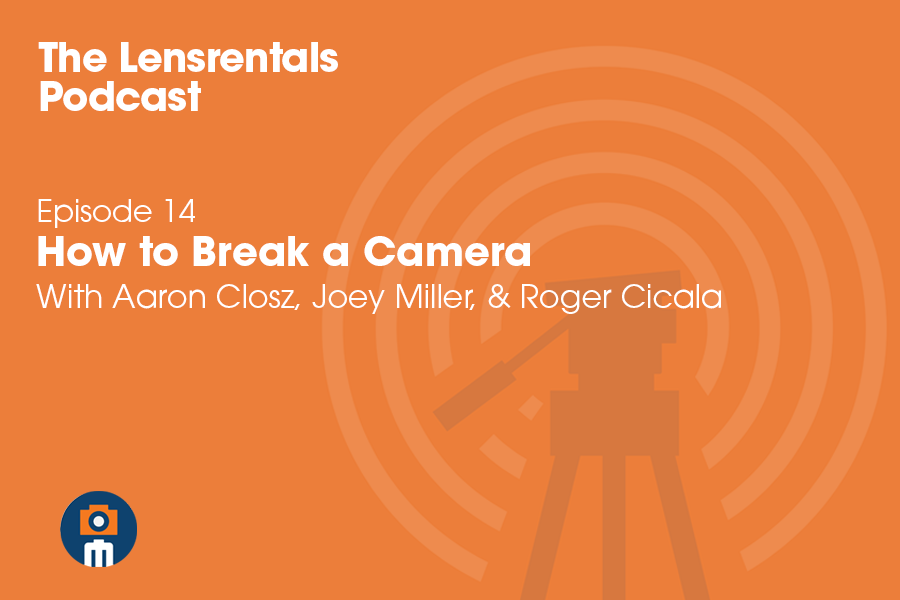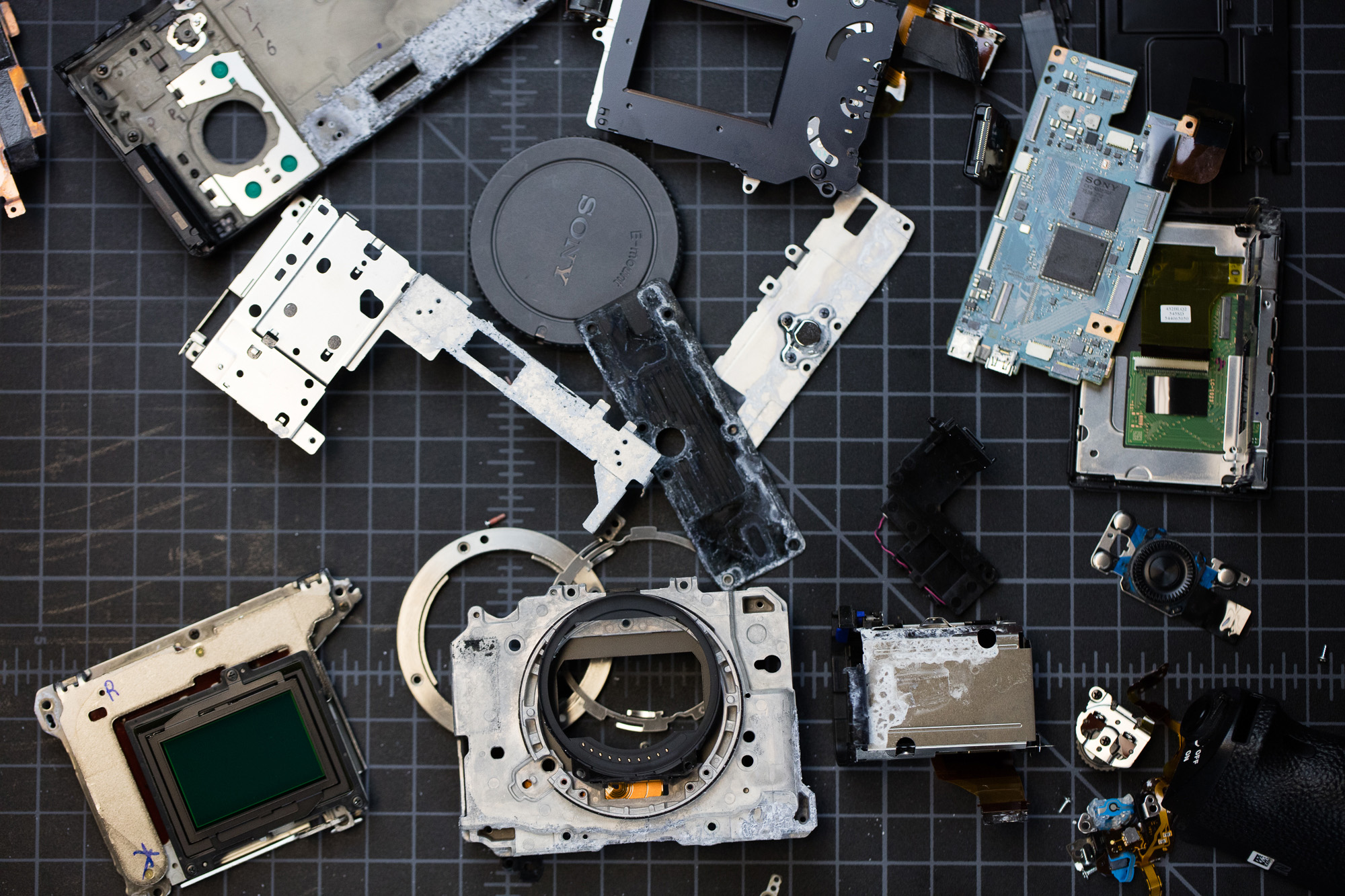Podcast Episode
The Lensrentals Podcast – BEST OF: How to Break a Camera

Each week Roger Cicala, founder of Lensrentals.com, hosts conversations about the art and science of capturing images. From photography to videography, film, history, and technology, the show covers a wide range of topics to educate and inspire creators of all kinds.
BEST OF: How to Break a Camera (Or Why Saltwater Will Destroy Everything You’ve Ever Loved)
Impact damage, sensor scratches, and shutter failure, oh my! Roger, Aaron, and Joey are back and this time they’re talking about all the ways you can break a camera, what can be fixed and what is always a kiss of death. From discussing the most common damage they see on returned gear, to repairs you might be able to tackle at home, Roger, Joey, and Aaron discuss how to take care of your camera bodies, and what do expect when something breaks. Among the many topics discussed within this episode is how to clean your sensor, which is something we’ve highlighted in both a blog article, as well as on our YouTube channel.
Timestamps
0:30 – Introduction to Lenrentals.com staff Joey Miller and Aaron Closz
1:00 – Roger, Joey, and Aaron talk about our two most common problems, sensor scratches, and shutter failure.
1:30 – What is easier to see, a sensor scratch, or dust?
2:45 – The gang talks about how much an average shutter replacement costs
5:00 – Joey, Roger, and Aaron talk about other common malfunctions among camera bodies
6:00 – In Roger and Aaron’s opinion, what autofocus has more potential for breaking, Mirrorless or DSLR?
8:00 – How often lens mounts fail within camera bodies?
10:45 – How lens adapters on mirrorless cameras should be handled
11:20 – Aaron talks about another common problem he sees, hotshoe damage
12:20 – How the Lensrentals.com repair staff handles corrosion on hotshoes
13:30 – The team talks about another common issue, memory card slot failure
15:00 – What is the easiest way to destroy your camera?
18:00 – Where the most significant weakness is on “Weather Resistant” camera bodies
19:45 – BREAK
20:00 – How to clean a sensor, particularly a mirrorless sensor with IBIS
22:45 – What is more expensive, camera repair, or lens repair?
24:00 – Which brand’s repair center has the best service?
25:30 – How many repairs will fall under warranty repairs?
29:30 – Should you do repairs at home? And if you do, what steps should you take to make sure everything goes smoothly
33:00 – What replacements and repairs can’t be made?
37:00 – Aaron brings up the question on repairs worth repairing, and if it affects your image quality
37:40 – Joey, Aaron, and Roger share their tips to avoid breaking your camera
The Lensrentals Podcast is a production of Lensrentals, founded by Roger Cicala. Our production staff includes Drew Cicala, Ryan Hill, Sarah McAlexander, SJ Smith, Julian Harper, John Tucker, and Zach Sutton. Other contributors include Roger Cicala, Joey Miller, Ally Aycock Patterson, Joshua Richardson, and Philip Robertson.
Thanks to Jacques Granger for our theme song.
Submit a topic idea, question, or comment, leave us a voicemail at 901-609-LENS, or send us an email at podcast@lensrentals.com.
Facebook
YouTube
Instagram
TikTok
Twitter
Pinterest
Author: Lensrentals
Articles written by the entire editorial and technical staff at LensRentals.com. These articles are for when there is more than one author for the entire post, and are written as a community effort.
-
Ken Owen
-
Roger Cicala
-
EVener
-
Roger Cicala
-
EVener





